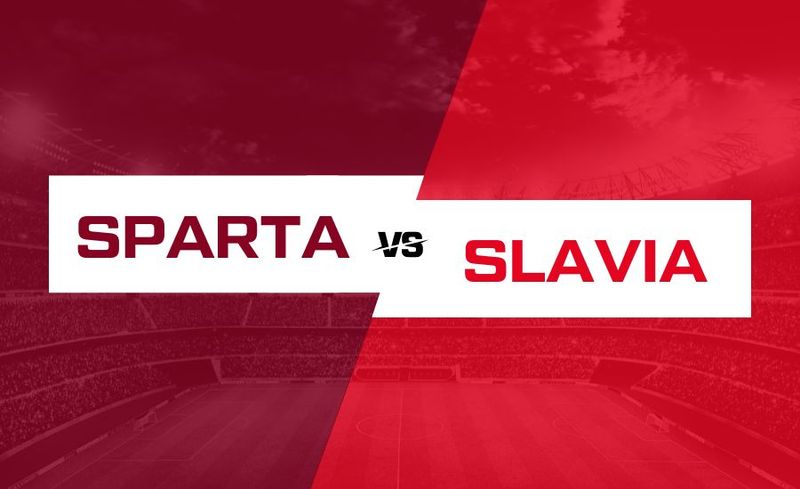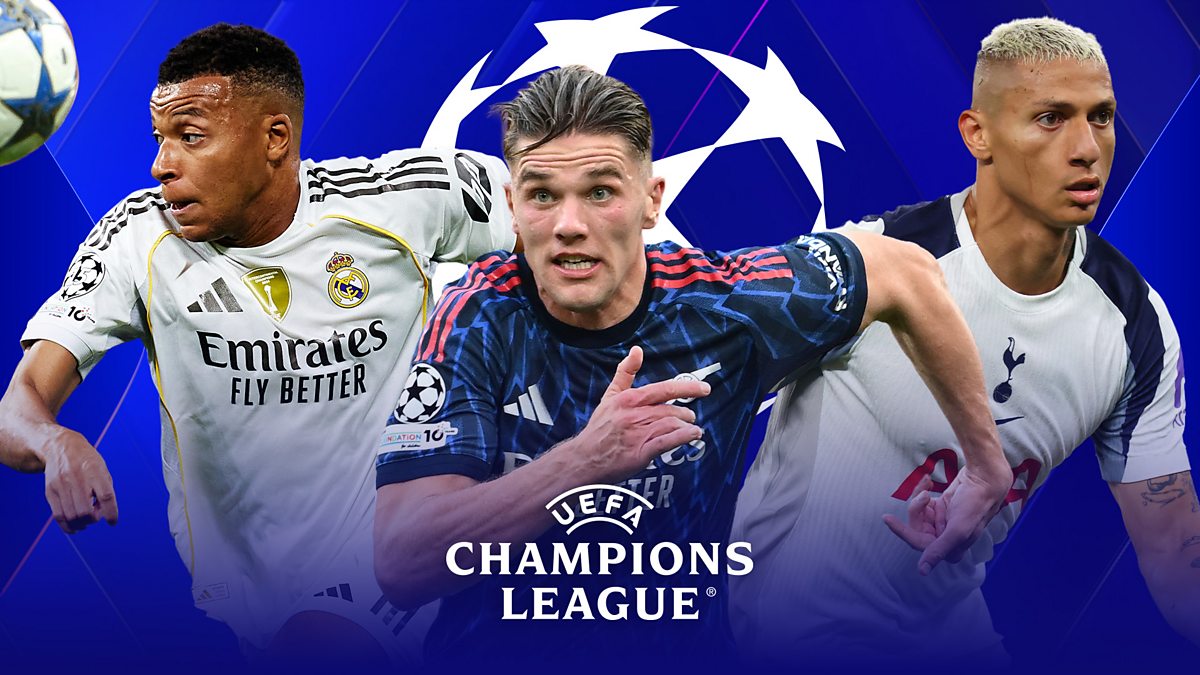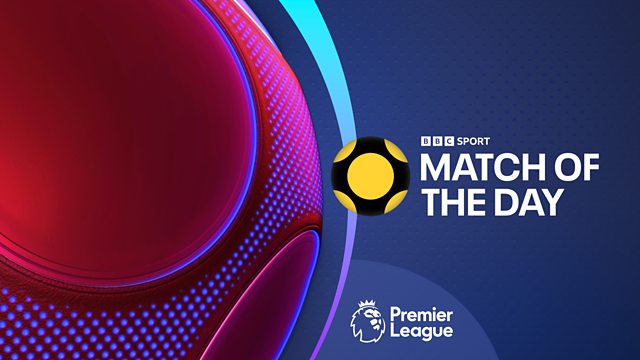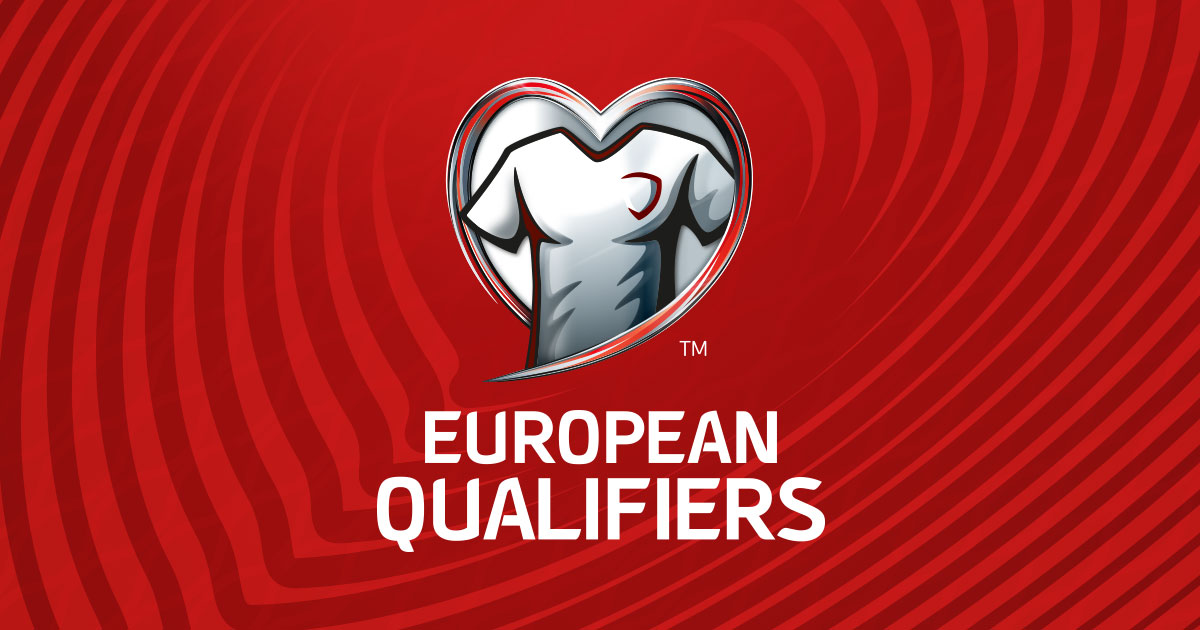
Twice a season the beautiful city of Prague becomes the backdrop for one of Europe’s most intense and passionate derbies – Sparta Prague vs Slavia Prague. While Prague is famous for its fairy tale architecture, medieval streets and the Vltava River, on derby day Prague divides. The city splits in two, resounds with chants, banners and the clashing emotions of two giant football clubs. For many fans the anticipation of the derby is enhanced by meeting at local hotspots and online platforms like Mostbet Casino CZ where you can enjoy pre-match entertainment and place bets to add an extra layer of excitement to the rivalry.
The Prague derby is not just a sporting event. It is a battle for legacy, identity, and dominance that stretches back over a century. For fans, this game means more than three points. It is about history, heritage, and city pride.
March Across the Vltava – Slavia’s Traditional Procession
On a crisp early spring afternoon, hundreds of Slavia Prague supporters dressed in black and red gather in Old Town Square. Many wear red-and-white scarves and woolly hats bearing “1892,” the year of the club’s founding. Curious tourists look on as the crowd grows louder and more rhythmic. A drum echoes through the square. Soon, the crowd marches toward the Vltava River, crosses a bridge, and ascends Letna Park en route to the home ground of their greatest rivals – Sparta Prague.
This march is a tradition, a signal to the city that derby day has arrived. Led by a supporter barking into a megaphone, the group chants and sings to the gates of Letna Stadium, where a heavy police presence keeps tensions from boiling over. Verbal taunts and provocative gestures fly back and forth between supporters, but the police line holds.
A Rivalry Forged in History
The first Prague derby took place in 1896, making it one of the oldest football rivalries in Europe. Sparta Prague, founded in 1893, traditionally drew support from the working class and established itself on the west bank of the Vltava in the Letna district. Slavia, founded a year earlier in 1892, became the club of students and intellectuals and is now based in Vrsovice, east of the river.
Over the years, political and social changes added layers to this rivalry. During World War II, Slavia’s stadium was bombed, and they had to share Sparta’s ground. In the Communist era, Slavia were renamed ‘Dynamo’ and had to change their red shirts to blue. Sparta became more aligned with the establishment. Even today, fans call each other “the club from the other bank”, the geographical and cultural divide.
Modern Stakes – More Than Just Bragging Rights
This latest chapter in the Prague derby came with a league title on the line. Sparta were four points clear and had just beaten Slavia 3-2 in the Czech Cup quarter-finals just days earlier. So this was a big game – a chance for Sparta to consolidate their lead or for Slavia to get back in the hunt.
Despite all the drama, the game ended 0-0. Slavia’s tactics confused Sparta, who couldn’t find a way through despite having the ball. But the atmosphere in the stadium wasn’t dampened by the result, kept alive by the fan displays, banners and flares in the Prague sky.
Stadiums and Fan Culture
Letna Stadium, Sparta’s home, is a time warp. Fans are outside sipping Staropramen and grilling sausages. The Prodigy and Underworld are playing on the speakers. Inside the home, fans are unveiling massive banners of club legends like Tomás Rosický and Vaclav Ježek.
Across the pitch, Slavia’s away fans are bouncing and chanting in unison. A coordinated light show erupts. One banner shows a fan in sunglasses and an ‘1892’ hat, a reminder of Slavia’s seniority by one year. As the game goes on, both sides release flares, smoke and fireworks. Some games in Europe turn violent, but the Prague derby is a passionate but mostly respectful affair, rooted in culture and pageantry.
Billionaire Owners and New Ambitions
Today, both Sparta and Slavia are financially stable and backed by billionaires. Sparta’s owner, Daniel Křetínský, is one of the richest men in the Czech Republic. He acquired the club in 2004 and also owns stakes in West Ham United, British retailer Sainsbury’s, and French newspaper Le Monde. Nicknamed the “Czech Sphinx,” Křetínský rarely gives interviews but is known for his obsessive support of Sparta.
Under his ownership, Sparta had 22 coaches in 20 years. The low point was 2017 when he hired Andrea Stramaccioni, whose time was chaos and underachievement. But finally, stability came with Danish manager Brian Priske, who won the league last season.
Slavia was bought in 2023 by energy tycoon Pavel Tykač, who replaced the Chinese conglomerate CITIC. A lifelong Slavia fan Tykač promised to invest in youth and keep the club’s identity. Under coach Jindřich Trpišovský Slavia have been successful in the domestic league and respected in Europe, reaching multiple quarter-finals in European competitions.
Czech Football on the Rise
The Prague derby reflects the broader revival of Czech football. Stadiums are regularly selling out, and league broadcast revenues are expected to triple next season. The national team is competitive, and clubs are making a mark in European tournaments.
Sparta and Slavia are at the heart of this renaissance. Their renewed competitiveness, financial backing, and focus on youth development have helped raise the profile of the Czech First League. More importantly, they are proving that traditional rivalries can coexist with modern ambition.
A Rivalry Like No Other
What makes the Prague derby special is the fire and respect. Fans can exchange chants and jabs, but there’s an understanding that this is a shared tradition. As Sparta fan Michael Durc says, “With Slavia, it’s intense but romantic. We hate each other on match day, but we’ll grab a beer next.”
Despite the occasional controversy (including the lingering anti-Semitic chants), there is a growing movement to make the derby more inclusive. On derby day, when one Sparta fan tried to get the others going with a chant, he was met with silence. The message was clear: the future of the derby is in passion not prejudice.
Conclusion – All Eyes on Europe
As the fans spilled out of Letna Stadium and into the Prague evening, the mood was one of hope. Neither side had won, but both had reasons to be happy. The title was still up for grabs, and Europe was just around the corner.
The Sparta vs Slavia Prague derby may not be European news one, but it’s one of the continent’s most real and emotional rivalries. Full of history, boosted by modern ambitions and fuelled by loyal fans, it’s everything that makes football the beautiful game. One thing is for sure – the battle for Prague is far from over.








